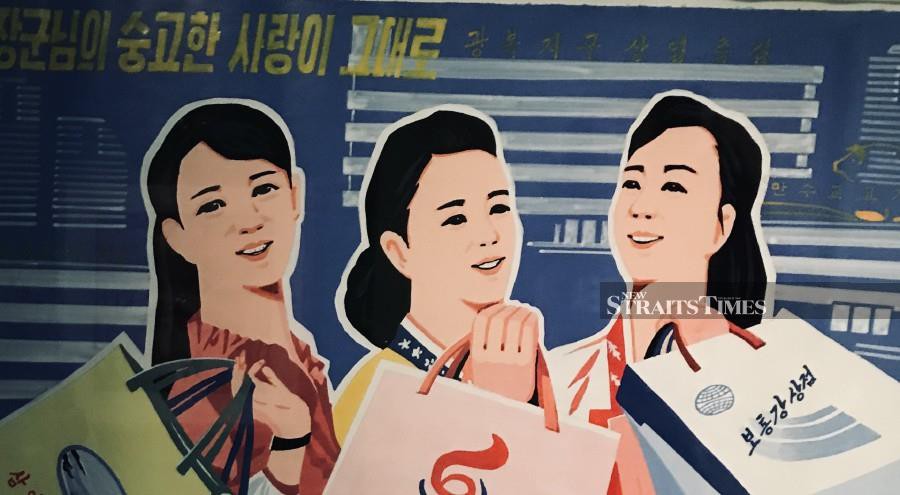AT last, I get the point of K-pop. Having avoided the craze for years, it's an eye-and-ear-opening experience to be thrown into the midst of the phenomenon. The latest exhibition at the Victoria and Albert Museum in London follows a pattern of promoting worldwide phenomenon that have eluded most people over the age of 20.
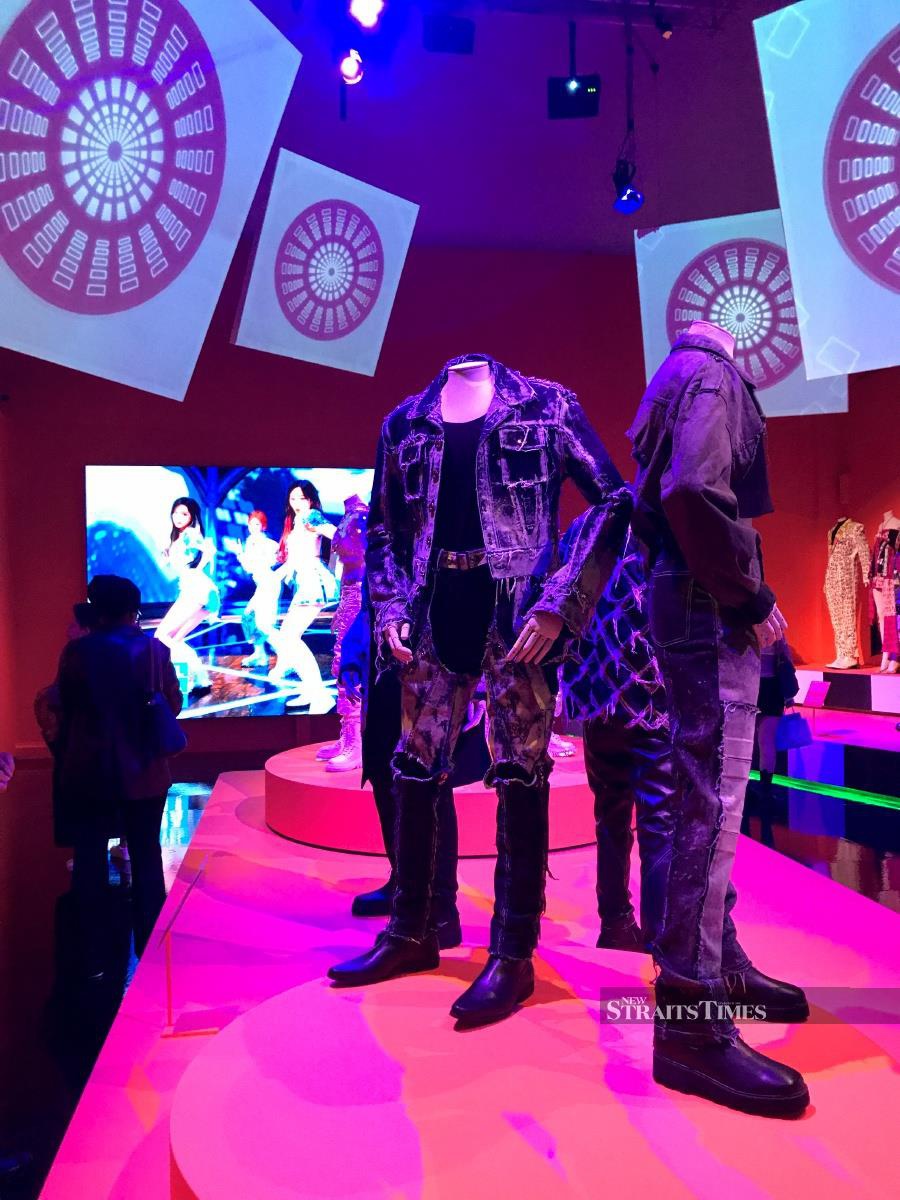
To see the youth of every part of the world enjoying K-pop in a spontaneous manner was a revelation. Whether they were young Londoners, Saudis, South Americans or Malaysians, they not only knew what was going on, but even knew the words to some of the songs.
Generating atmosphere is easier when the performers are projected onto five-metre screens with the sort of sound system one wouldn't expect of a Victorian institution.
There's a corner where enthusiasts can work on their K-dance routines in a sort of computerised simulation. Definitely not an attraction for older visitors. This area of the exhibition "Hallyu! The Korean Wave" is located close to the exit — a loud and exuberant pre-grand finale.
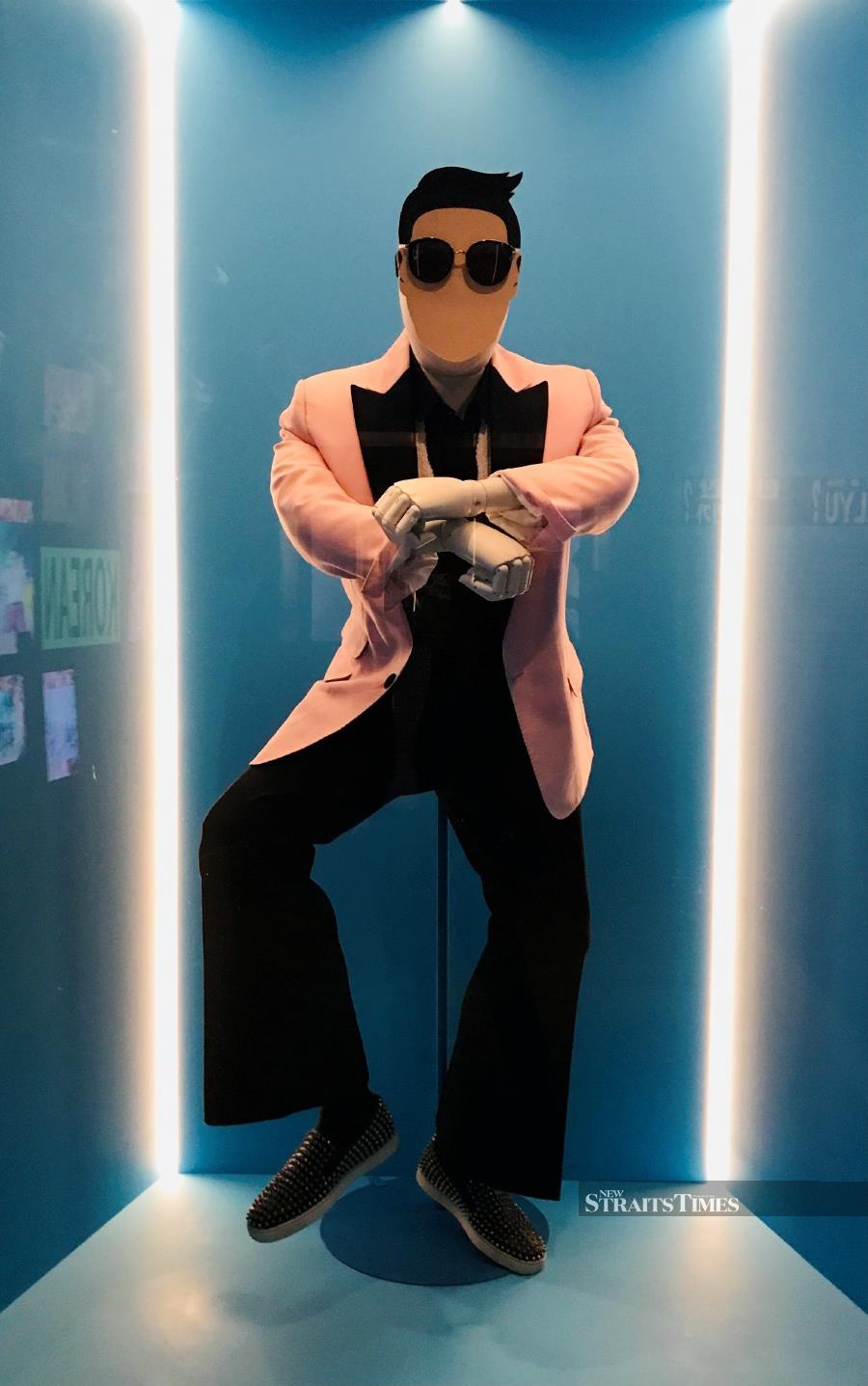
Upon entering the show, one is greeted not by the less-familiar pleasures of Blackpink and BTS. Instead, it's the smirking presence of one-hit-wonder PSY in different manifestations. My heart sank as I heard the most listened-to sound of 2012. There are different versions of Gangnam Style — and they're all on display.
A DEEPER STORY
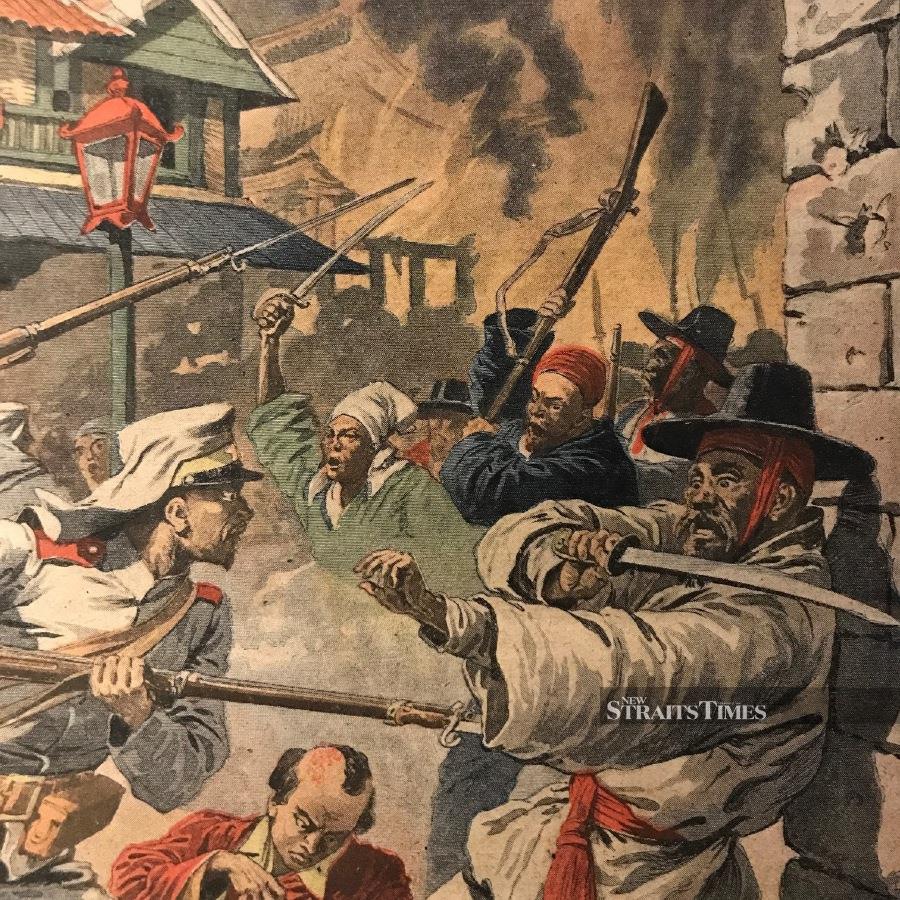
Once past this retrospective is the deeper story of how Korea went for from cultural zero to hallyu. This word has apparently entered the Oxford Dictionary now, so big is the impact of South Korea.
North Korea gets a look in too, although there was no political North and South until the Second World War II. The entire peninsula has a long visual culture that's sometimes inspired by China and often not.

Looking back at their older material, Korea was occasionally the inspiration for its massive neighbour. Ceramics, in particular, are an astonishing achievement. The purity and spontaneity of Korean forms can speak much louder to modern audiences than some of the fussier porcelain from the Middle Kingdom.
Japan was also under the sway of Korean ceramics. For generations, potters from the peninsula were leading the way from within the empire that had taken them prisoner four centuries before.
Relations between Japan and Korea have often been difficult. Collaborating on the 2002 football World Cup was a high point. There have been far bloodier exchanges in the past. Nowadays it's Korean popular culture, rather than Japanese or Chinese, that dominates the world of the young.
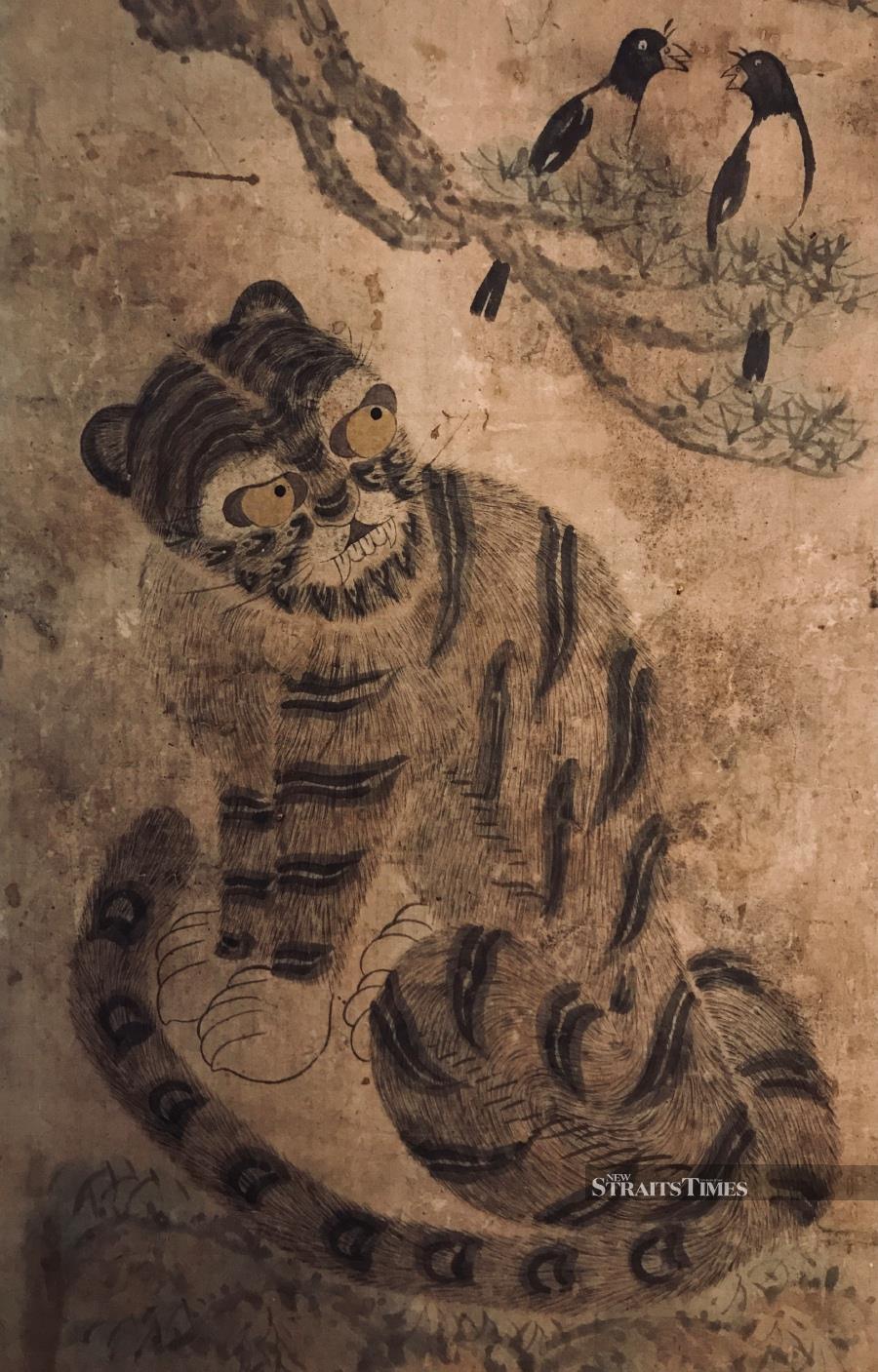
It's a recent phenomenon which appears to have come from nowhere. K-drama has been as successful as K-pop. Everything from Winter Sonata to Squid Game has been a global triumph. For the ultimate validation, there's Parasite, winner of the 2020 Academy Award for Best Picture, much to the displeasure of Donald Trump.
There's a perfect replica of the Kim family bathroom in this exhibition, which would no doubt upset the ex-president as much as the thought of an Asian film beating Hollywood for once.

Korea's influence is more grounded in the past than some might imagine. There are many surprises in this exhibition, including the centuries-old fascination with cosmetics that gave Korea a head-start in that very lucrative field.
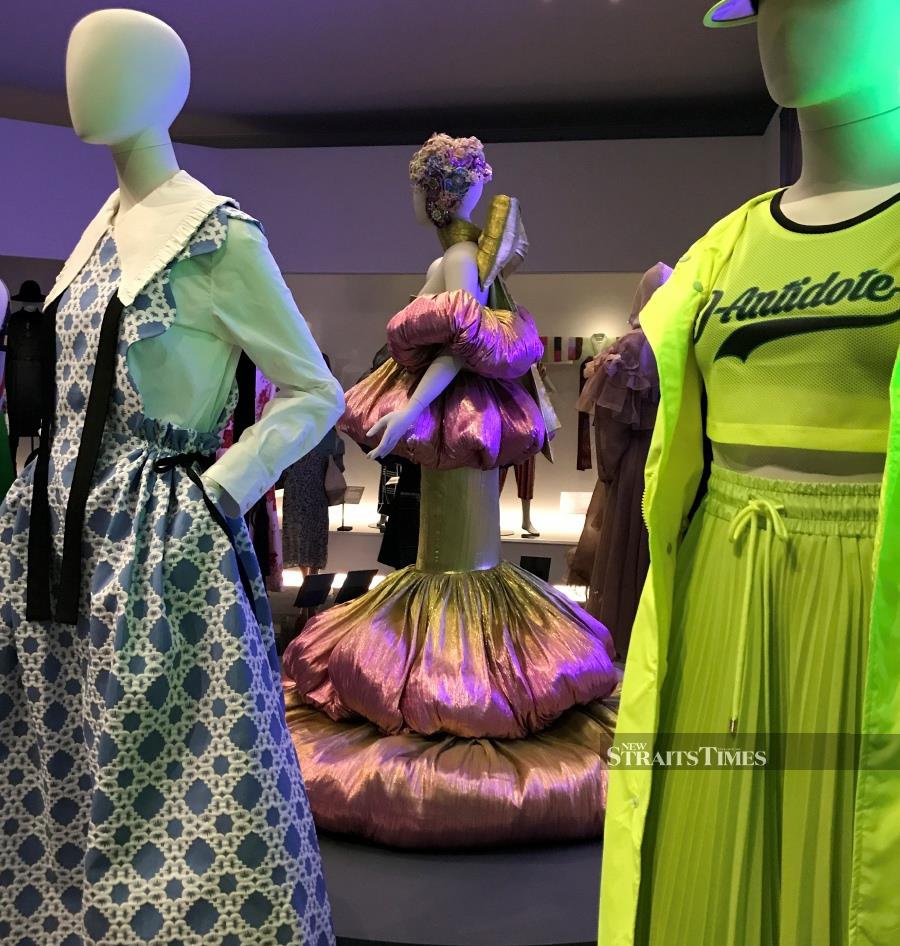
Appearances have always been important there, for men as well as women. Skin products for the male population have a long enough history that we shouldn't be too taken aback by the extraordinary amount of cosmetic surgery for both sexes.
KOREA AND FINE ART
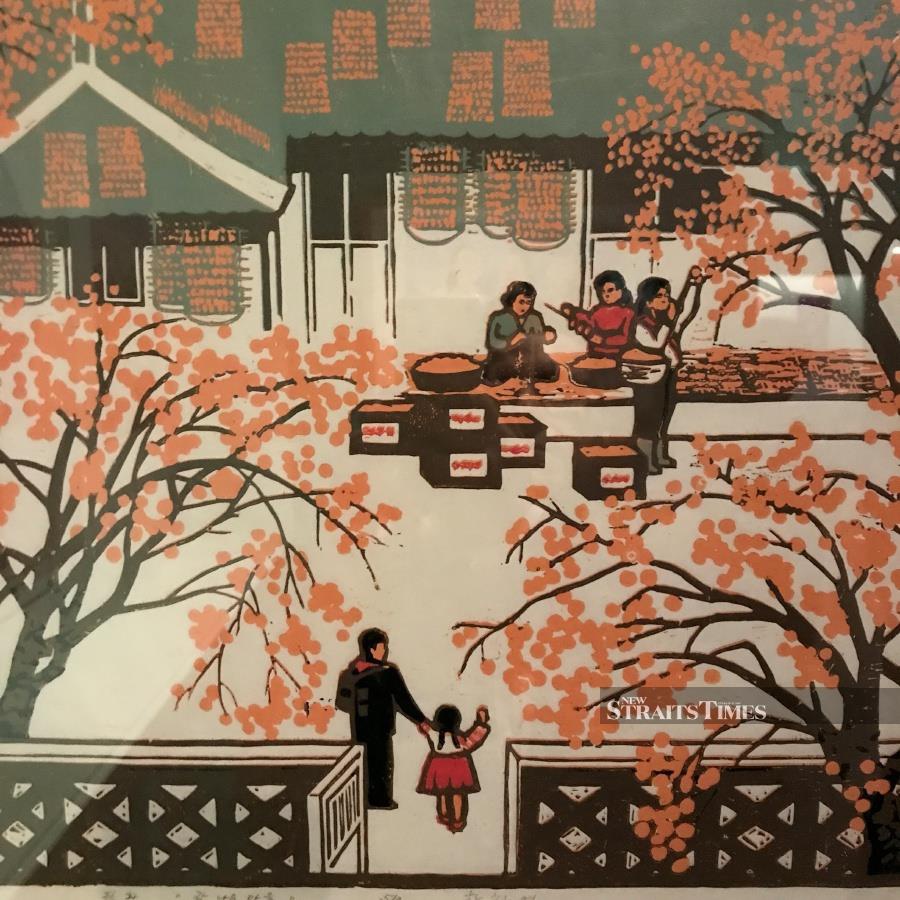
Prosperity has helped Korea. This is a country with enough money and confidence to be taken seriously overseas. The North has tried to copy some of this self-assurance, albeit on much shakier ground.
You won't see a lot of North Korean dramas outside the "hermit kingdom", but they do exist, along with posters promoting the simple materialist joys of shopping.
One area in which South Korea has yet to conquer the world is fine art. Contemporary Korean art exists and there are many galleries to prove it. There are also countless collectors from Korea who are very evident at major international art fairs, such as Frieze which has just taken place in London.

Despite all this, the public would still find it hard to name a Korean painter or sculptor. Nam June Paik is still Korea's most prominent artist and he died in 2006. Perhaps it's the medium that causes blank looks from many; video installations are never the most appreciated by the public at large.
"Hallyu" has a Nam June Paik on display although it could never have been called popular culture, which is what this show is all about. Instead, we have everything else. Samsung makes a big showing with its mobile phones. This is a real tribute to the technology and visual appeal of the mobile-technology megastar as it isn't even a sponsor of the exhibition.
"Hallyu! The Korean Wave" ends in June 2023.
Follow Lucien de Guise at Instagram @crossxcultural.
Book activities and attractions in Korea at lower prices with Klook Promo Code.


